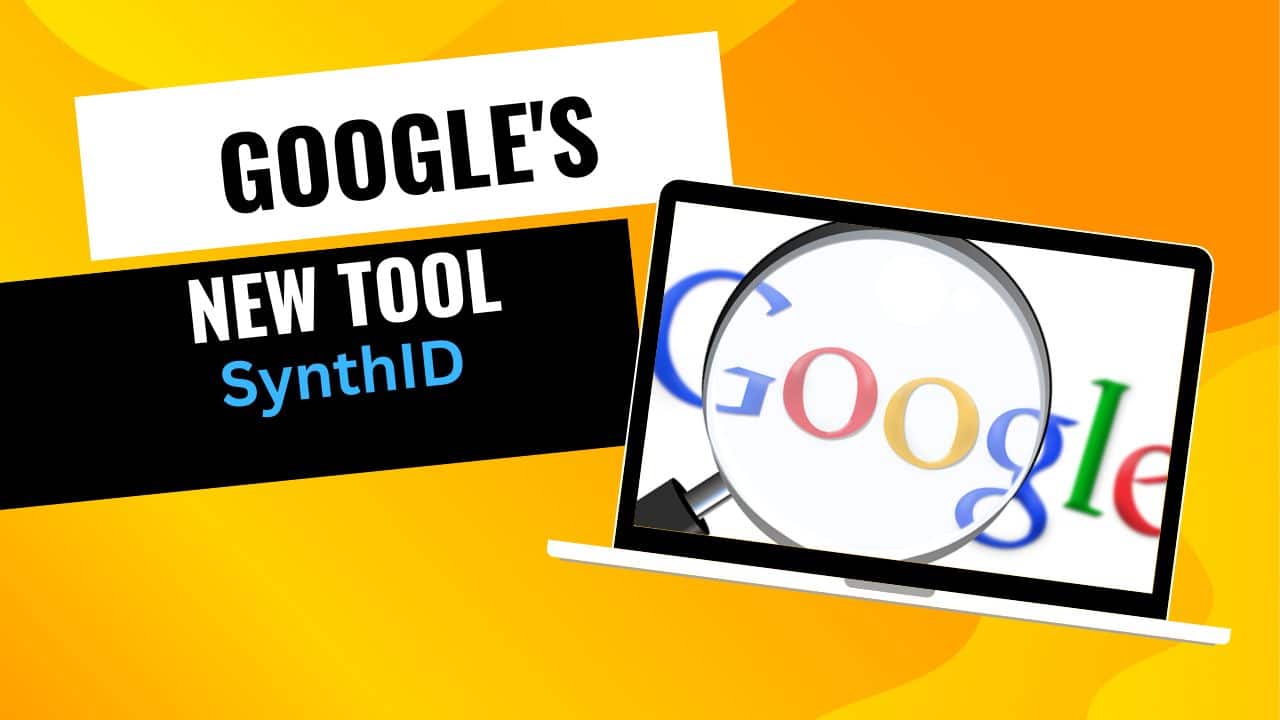Hello friends welcome to DSblogger your new information solution
Today in this post we talk about Google’s latest technology called “SynthID”
To help prevent the spread of misinformation, Google recently unveiled an invisible, permanent watermark on images that will identify them as computer-generated.
The technology, called SynthID, embeds the watermark directly into images created by Imagen, one of Google’s latest text-to-image generators. The AI-generated label remains regardless of modifications like added filters or altered colors.
Introduction
In an effort to tackle the spread of misinformation, Google has unveiled an innovative solution known as SynthID, an invisible and permanent watermark for images. This technology, integrated with Imagen, one of Google’s text-to-image generators, aims to identify images as computer-generated, even after modifications.
SynthID: A Shield Against Misinformation
The Technology Behind SynthID
SynthID embeds an invisible watermark directly into images created by Imagen. This watermark remains intact, irrespective of changes like filters or color adjustments. The technology also scans incoming images, assessing the likelihood of them being generated by Imagen with three levels of certainty: detected, not detected, or possibly detected.
Effectiveness and Scope
While acknowledging that SynthID isn’t infallible, Google’s internal testing has shown its accuracy against common image alterations. The beta version of SynthID is accessible to select Vertex AI customers, and Google’s generative AI platform, and may extend to other Google products or third-party platforms.
The Battle Against Deepfakes and Altered Visuals
The Rising Threat
As deepfakes and manipulated images gain realism, tech companies are racing to detect and label such content. Recent instances, like the AI-generated image of Pope Francis in a puffer jacket, emphasize the urgency.
Google’s Approach
Google has pursued its path in addressing this challenge. Previously, Google introduced “About this image,” enabling users to trace the origins and online presence of images. Additionally, every AI-generated Google image now includes a markup in the original file to provide context when found on other platforms.
Challenges and Future Directions
Limitations of Technical Solutions
As AI technology advances, it’s uncertain if these technical solutions can fully address the issue. OpenAI, the creator of Dall-E and ChatGPT, admitted imperfections in its efforts to detect AI-generated text, underscoring the need for caution.
Collaborative Efforts
Google’s SynthID adds to a growing list of startups and Big Tech firms working on solutions. Initiatives like the Coalition for Content Provenance and Authenticity (C2PA), supported by Adobe, aim to protect our perception of reality by addressing this challenge collaboratively.
Conclusion
In the battle against misinformation and deepfakes, Google’s SynthID stands as a promising development. While challenges persist, collaborative efforts and technological advancements aim to safeguard the authenticity of visual content in an evolving digital landscape.
This information is based on Google Deepmind










